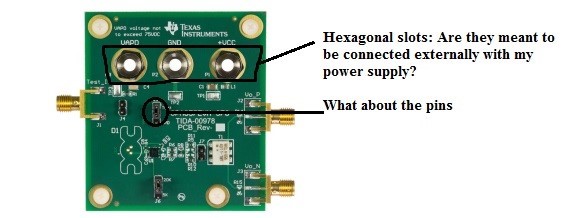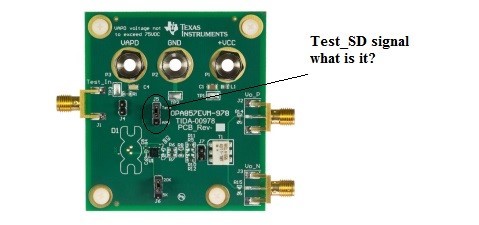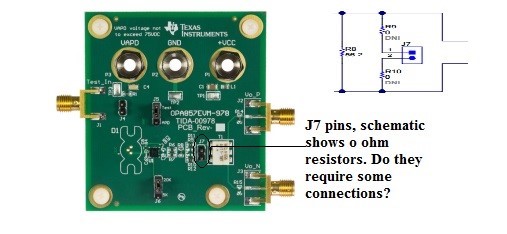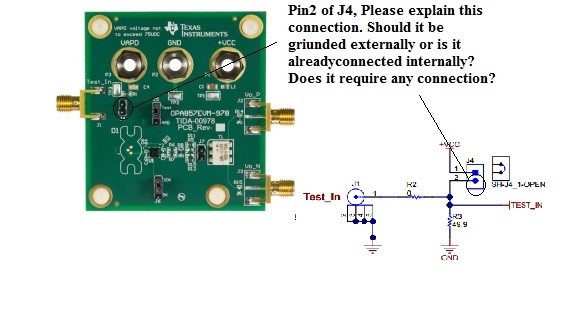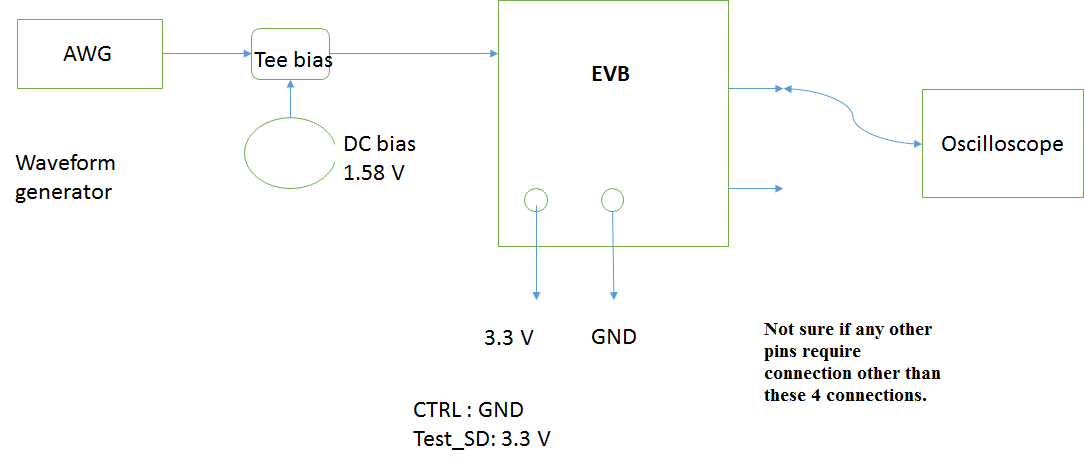Other Parts Discussed in Thread: OPA659, OPA657, OPA857, TIDA-00978
I am trying to design a transimpedance amplifier circuit for visible light receiver operating at 400 MHz frequency. The circuits at high frequencies are effected by parasitic capacitance form bread boards.. Are there any PCBs with layouts designed specifically for OPA656 type amplifiers.



